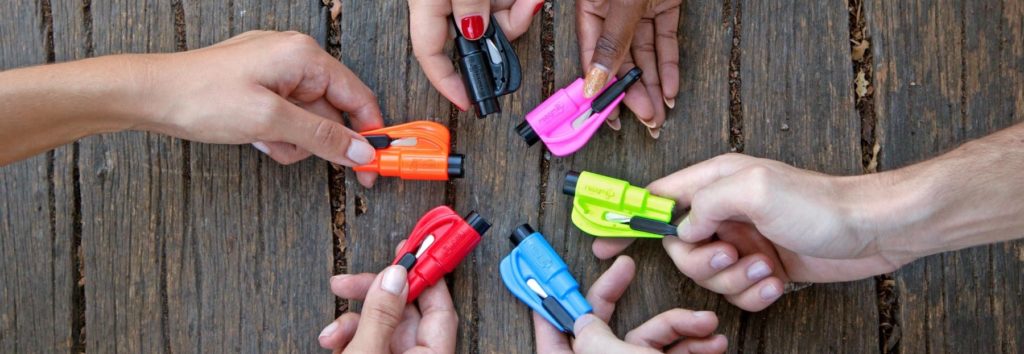We’re constantly reminded of the dangers we face every time we get in the car. We pass accidents on the way to work, we hear about fatal collisions on the news at night and, from time to time, we read articles on the Internet that link to scary articles telling us that auto accidents are the number one cause of death for teenagers in the United States. We don’t need to be told the importance of safe driving.
We do need to know what being safe actually means. There’s more to safe driving than just knowing the universal language of lights and signs. Knowing what to do in potentially dangerous situations is vital, but it’s also hard to practice. Keep the following things in mind when you’re on the road and they might just help keep you in one piece.
Don’t Overreact When I Tell You This, But…
Overcorrection often turns relatively minor situations into seriously bad accidents. Even the best of us lose focus from time to time. Rumble strips exist for a reason. It’s not always easy to stay calm when dangerous situations arise, but doing so could save your life.
In an analysis of 478 real-life rollover accidents, the Association for the Advancement of Automotive Medicine found that overcorrection contributed to 22% of the cases. This means that more than one in five may have been prevented by a controlled response as opposed to a panicked reaction.
If your vehicle is leaning over the edge, just ease your foot off the gas and gently nudge it back into the lane. If you’re presented with a sudden obstacle, be it a stalled car or a frightened moose, a quick lane change is generally better than jerking the wheel in a random direction.
Having an awareness of the traffic around you is important for this very reason – you’ll know if changing lanes is an option. If it’s not, you can always just…
Hit the Brakes!
While it’s far better to underestimate the stopping power of your vehicle, many people don’t know its true potential, either. That may sound odd, but when was the last time you slammed the brake through the floor? If you’re headed straight for an obstacle and there are cars on either side of you – an inadvisable position in the first place – the ABS system is your best bet.
The ABS system won’t just help you stop as quickly as possible without skidding; it’s made to let you turn the wheel as you brake. As the vehicles next to you pass by, holding a slight turn can maneuver you around the obstacle. Keep the above advice in mind, though – overreaction has consequences in these situations as well.
This is all assuming that your tyres are in good condition. We all know that having a good set will improve the handling of your car – especially in adverse conditions – but research conducted by Goodyear Tire and the NHTSA found that tread depth also has a significant effect on stopping distance.
And speaking of tyres…
Know Your Way through Snow and Rain
Having high-quality tyres and wheels is of the utmost importance when driving through adverse road conditions. That’s not all there is to safe driving in these conditions, though, and even if you live in the driest of deserts, chances are good you’ll face them at some point in your life.
The very best way to handle skidding on a slippery road is to avoid skidding entirely. The speed limit goes out the window when there’s a chance the roads aren’t dry. Go as slow as you need to maintain control. Even just a little rain can bring oil to the surface, and the effects of snow and ice on even the best of tyres is always detrimental.
While having electronic stability control and all-wheel drive on board does wonders in inclement weather, everyone should know how to catch a skid. It takes practice, but practice can be as fun as finding your local go-kart facility featuring a “slick track”. It may just be a go-kart, but the skills translate directly to the real thing.
While careful driving and acute attention to the road – and the laws of said road – are vital to the safe operation of an automobile, situations like the ones described above are sometimes simply unavoidable. Keeping a clear head and following the advice you’ve just read can mean the difference between a day at the beach and a trip to the hospital.
Make the right choices at the right times and you’ll hit the beach every time.
By Guest Author: Matt Milstead


